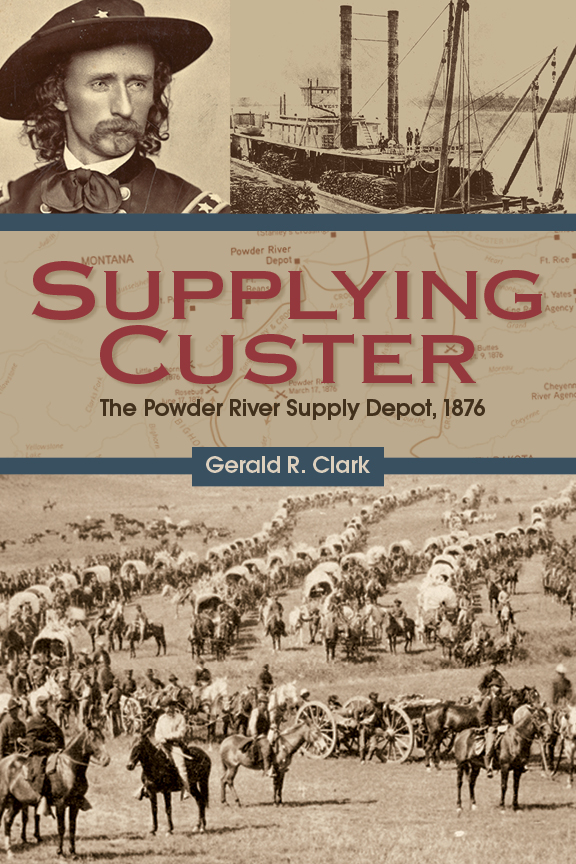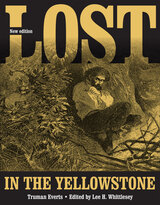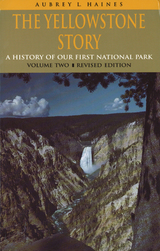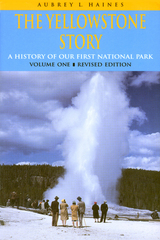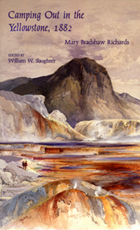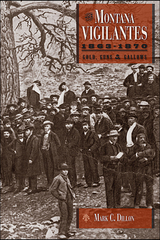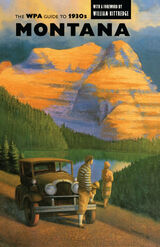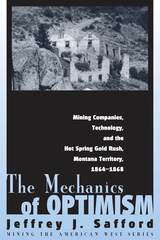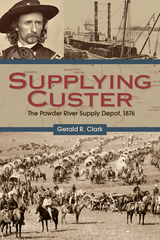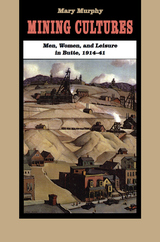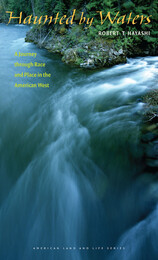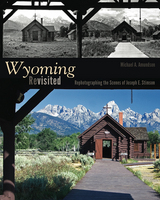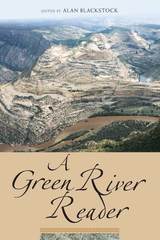Supplying Custer: The Powder River Supply Depot, 1876
University of Utah Press, 2014
Paper: 978-1-60781-355-2 | eISBN: 978-1-60781-356-9
Library of Congress Classification F737.P9C58 2014
Dewey Decimal Classification 973.82
Paper: 978-1-60781-355-2 | eISBN: 978-1-60781-356-9
Library of Congress Classification F737.P9C58 2014
Dewey Decimal Classification 973.82
ABOUT THIS BOOK | AUTHOR BIOGRAPHY | REVIEWS | TOC | REQUEST ACCESSIBLE FILE
ABOUT THIS BOOK
The Battle of the Little Bighorn is one of the best-known events in the history of the American West. Questions surrounding Custer’s fate have been discussed and researched at length, but details about the transportation and logistics of military supplies have not been thoroughly investigated. Archaeologist Gerald Clark stumbled upon the remnants of a supply depot while surveying the area near the confluence of the Yellowstone and Powder Rivers. It turned out to have been established by General Terry during the Sioux War and utilized by Custer and part of the 7th Calvary.
The book details the items recovered archaeologically, including ale and soda bottles, cartridges, packing crates, and a horseshoe and ceramic doll. It also addresses the army’s knowledge of this area and how the supply depot fit into the broader military campaign. This book connects archaeology and history to explore how the American military planned, maneuvered, and operated on the northern plains from the end of the Civil War through 1876.
The book details the items recovered archaeologically, including ale and soda bottles, cartridges, packing crates, and a horseshoe and ceramic doll. It also addresses the army’s knowledge of this area and how the supply depot fit into the broader military campaign. This book connects archaeology and history to explore how the American military planned, maneuvered, and operated on the northern plains from the end of the Civil War through 1876.
See other books on: Dakota Indians | Equipment and supplies | History, Military | Montana | United States. Army
See other titles from University of Utah Press
